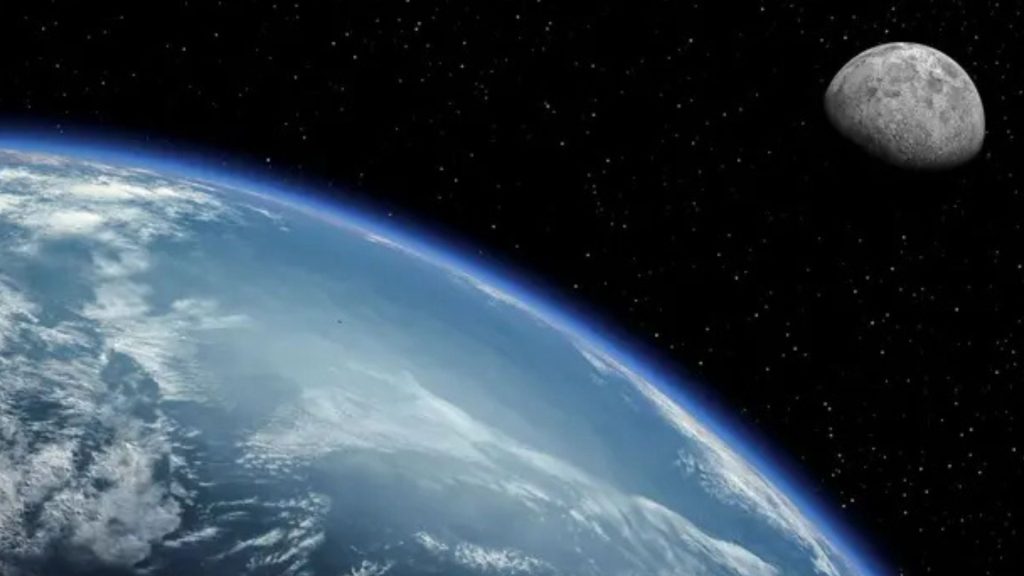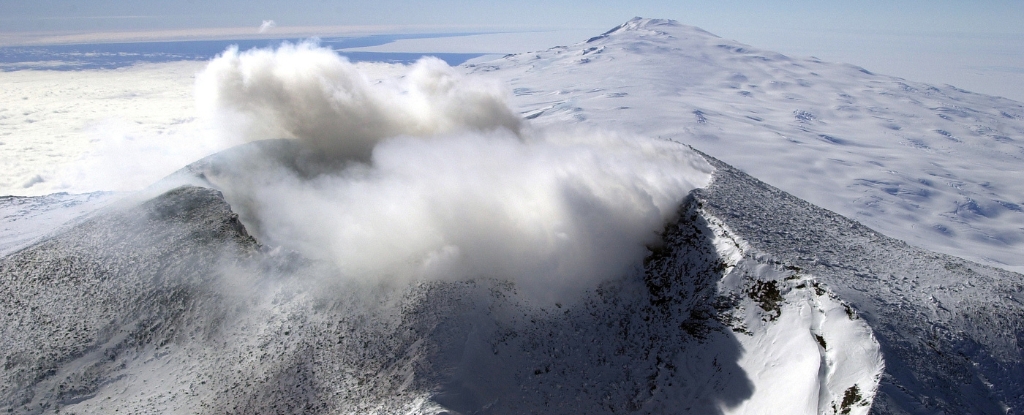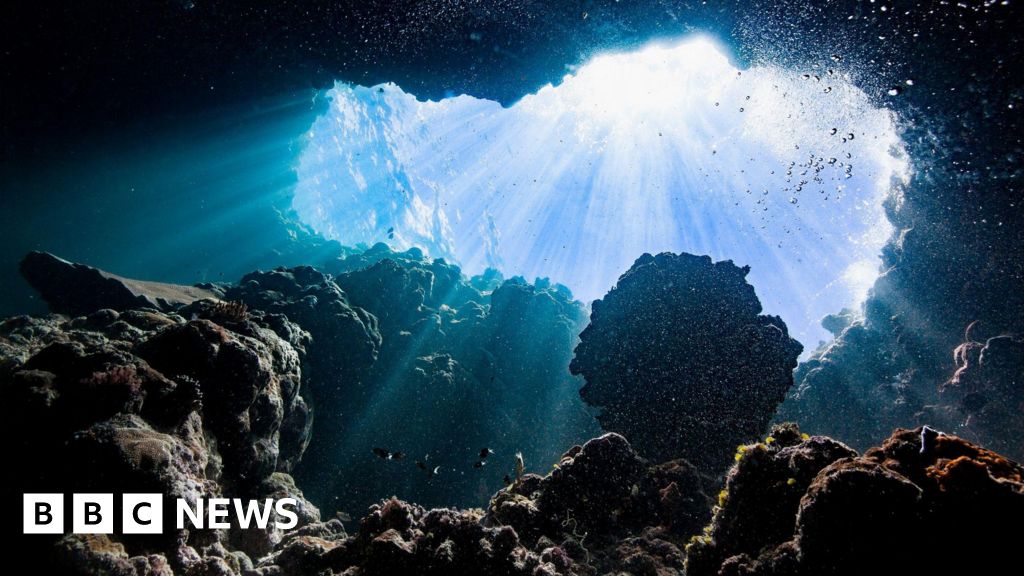Cosmic romance: New study reveals Moon’s separation story from Earth – Interesting Engineering

The study suggests that the Moon likely formed largely from Earth’s mantle material — with minimal involvement from Theia.a day ago2 days ago2 days ago2 days ago2 days ago2 days ago2 days ago2 days ago2 days ago2 days ago14 minutes ago15 minutes ago42 minutes agoan hour ago2 hours ago3 hours ago3 hours ago5 hours ago7 hours ago9 hours agoMrigakshi DixitView of the Moon with the Earth in the foreground.NASA Goddard Space Flight CenterMoon has been Earth’s celestial companion for over four billion years. However, the formation of this natural satellite was catastrophic. It was long believed that the Moon was born from a cataclysmic collision between Earth and a Mars-sized protoplanet named Theia. But new research is challenging this long-held theory.A team of scientists from the University of Göttingen and the Max Planck Institute for Solar System Research analyzed oxygen isotopes in lunar rocks. They uncovered another clue about how the Moon formed and how Earth got its water. The study suggests that the Moon likely formed largely from Earth’s mantle material — with minimal involvement from Theia.The research aimed to investigate the origin of the Moon and the early history of water on Earth.Oxygen isotope analysis was performed on 14 lunar samples, while 191 measurements were conducted on terrestrial minerals for the study. Isotopes are variations of the same element with differing atomic weights.The researchers employed an enhanced “laser fluorination” technique. This method involves using a laser to extract oxygen from rock samples.The measurements revealed a remarkably high similarity in the abundance of oxygen-17 (17O) isotope between samples from both Earth and the Moon.This finding has puzzled scientists for years, earning it the nickname “the isotope crisis.”This crisis in cosmochemistry refers to the long-standing puzzle that the Earth and Moon have similar isotopic compositions, particularly in oxygen. This similarity is unexpected because the prevailing theory of the Moon’s formation, the Giant Impact Hypothesis, predicts that the Moon should have a significantly different isotopic signature due to the involvement of a separate protoplanet (Theia).“One explanation is that Theia lost its rocky mantle in earlier collisions and then slammed into the early Earth like a metallic cannonball,” said Professor Andreas Pack, Managing Director of Göttingen University’s Geoscience Centre.“If this were the case, Theia would be part of the Earth’s core today, and the Moon would have formed from ejected material from the Earth’s mantle. This would explain the similarity in the composition of the Earth and the Moon,” Pack added. The study also shed light on the history of water on Earth. The Late Veneer hypothesis suggests that Earth’s water was delivered after the Moon’s formation event. This theory proposes that a series of impacts from water-rich meteorites delivered large amounts of water to Earth. The researchers found that many types of meteorites can be ruled out as the source of Earth’s water.Instead, the data strongly supports the idea that a class of meteorites called “enstatite chondrites” could have delivered the majority of Earth’s water. The findings support the hypothesis that water may have arrived on Earth early in its formation — not exclusively through late impacts.“However, since the new data shows this is not the case, many types of meteorites can be ruled out as the cause of the ‘late veneer’,” said Meike Fischer, first author. “Our data can be explained particularly well by a class of meteorites called ‘enstatite chondrites’: they are isotopically similar to the Earth and contain enough water to be solely responsible for the Earth’s water,” Fischer added in the press release.The findings were published in the Proceedings of the National Academy of Sciences (PNAS).Stay up-to-date on engineering, tech, space, and science news with The Blueprint.By clicking sign up, you confirm that you accept this site’s Terms of Use and Privacy PolicyMrigakshi Dixit Mrigakshi is a science journalist who enjoys writing about space exploration, biology, and technological innovations. Her work has been featured in well-known publications including Nature India, Supercluster, The Weather Channel and Astronomy magazine. If you have pitches in mind, please do not hesitate to email her.a day agoa day agoa day ago2 days agoPremiumIE PROFollow
Source: https://interestingengineering.com/space/study-says-moon-formed-from-earth-mantle






